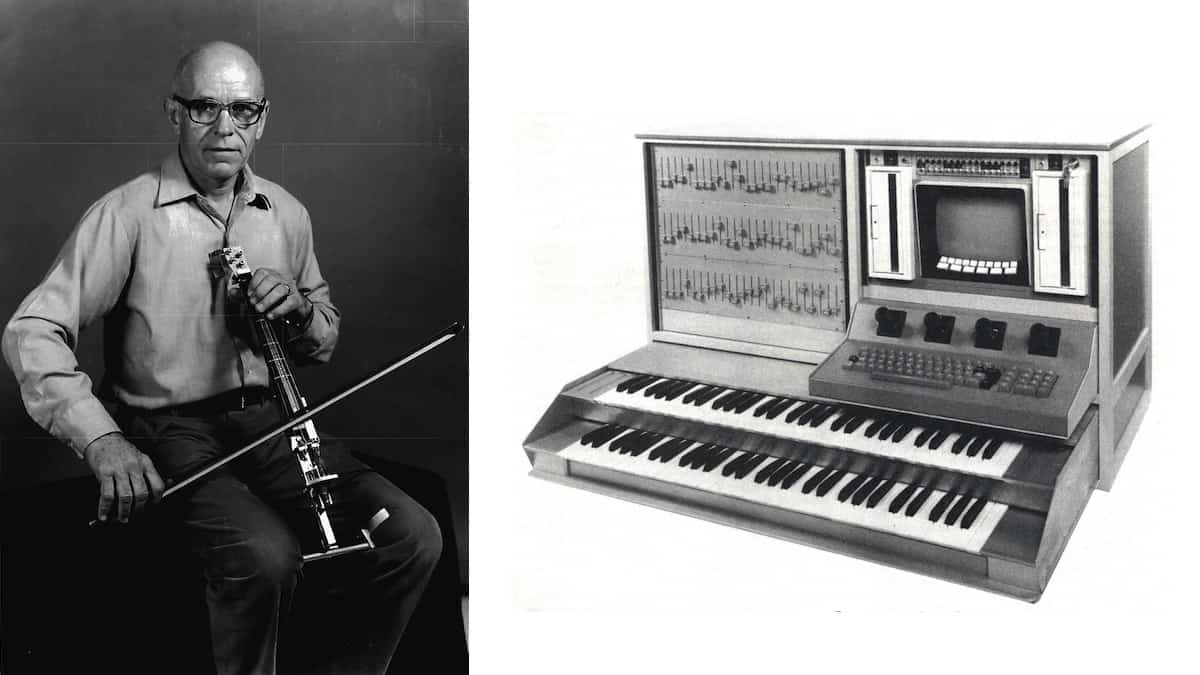

From analog to wavetable, here’s every synth definition you’ll ever need.Ģ-Pole/4-pole – The slope of a synthesizers low pass filter. This article is a complete glossary of synthesizer terms. If you know the name and purpose of each element of a synthesizer you’ll have a much clearer idea of how to make the sounds you’re searching for. His work was distinguished by its exacting craftsmanship, and high quality materials.Synthesizers are some of the most challenging musical instruments to use well.Įven basic synth plugins have enough parameters to get completely lost.īut almost all synthesizers are made up of similar component functions. Max Kohl of Chemnitz is perhaps one of the most famous scientific instrument makers of the late 19th and early 20th centuries. Helmholtz invented his resonator to identify the various frequencies of the pure sine wave components of complex sounds containing multiple tones, showing that the different combinations made could reproduce vowel sounds. These forks, fitted with Helmholtz resonators tuned to the same frequency, would then reproduce the desired tone. The system is driven by an intermittent current provided by a large horizontal master tuning fork on numbered wood base, and was operated by pressing on the various keys which sent the current to the corresponding electrically driven tuning forks. The synthesizer was used to combine timbres of 10 harmonics to form various vowel sounds. We have not seen another as large or finely made as this one. Specimens of these are extremely rare, with only one similar but smaller apparatus located in a US institution that we know of. The Helmholtz sound synthesizer was the first electric keyboard. Opposite end from keyboard fitted with 2 anodes and 2 cathodes, each with accompanying brass knob. Each key is paired with 2 brass knobs, one each on the wooden panel above the key, and one each on the panel below. All 11 platforms connected together with wire filaments, which are in turn attached to a keyboard fitted with 10 African ivory keys, each numbered and marked with the tones ut to 4 octaves, mi to 3 octaves, and sol to 3 octaves. 39½ x 29 inch mahogany base with turned feet, fitted with 11 small wooden platforms, each marked with a number and the words "aus" and "ein", 10 of the platforms fitted with tuning forks and accompanying brass Helmholtz resonators, the tallest measuring 18½ high, each pair ranging in size according to their graduating frequencies, 11th platform fitted with 1 large horizontal master tuning fork. Chemnitz: Max Kohl, c.1905.Ī wood and brass sound synthesizer built by Max Kohl after the design by Hemholtz.


 0 kommentar(er)
0 kommentar(er)
